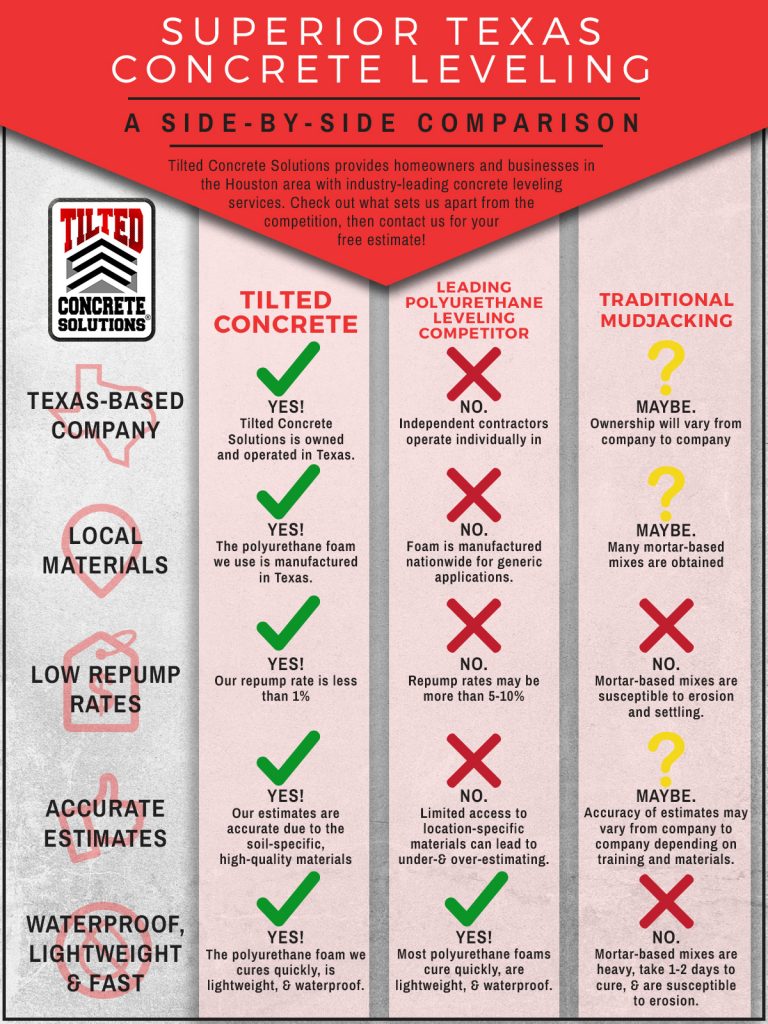Seasonal Factors To Consider For Industrial Exterior Painting: What You Need To Know
Seasonal Factors To Consider For Industrial Exterior Painting: What You Need To Know
Blog Article
Short Article Created By-McLamb Bagger
When you're preparing a commercial outside painting project, seasonal aspects can make or damage your results. You'll want to think about just how temperature and moisture impact paint application and drying times. Choosing the right season can guarantee your paint adheres properly and lasts much longer. However which periods are really the best for this sort of work? Let's explore the key elements that can affect your job's success.
The Effect of Temperature on Paint Application
When you're planning a business external painting job, the temperature can significantly affect exactly how well the paint adheres and dries out.
Ideally, you wish to repaint when temperatures range in between 50 ° F and 85 ° F. If it's as well cool, the paint may not cure properly, leading to concerns like peeling off or fracturing.
On the other side, if it's as well hot, the paint can dry out as well quickly, avoiding appropriate bond and resulting in an irregular coating.
You need to likewise consider the moment of day; early morning or late afternoon supplies cooler temperature levels, which can be much more desirable.
Constantly inspect the producer's recommendations for the details paint you're utilizing, as they typically offer support on the suitable temperature level variety for ideal results.
Humidity and Its Effect on Drying Times
Temperature level isn't the only environmental aspect that influences your industrial external paint project; humidity plays a substantial duty as well. High moisture levels can reduce drying out times substantially, influencing the total quality of your paint task.
When the air is filled with moisture, the paint takes longer to heal, which can bring about problems like bad bond and a higher threat of mildew growth. If you're painting on an especially moist day, be prepared for extensive wait times in between coats.
It's essential to check regional climate condition and plan accordingly. Ideally, aim for moisture levels between 40% and 70% for optimum drying.
Maintaining these consider mind ensures your task remains on track and provides a lasting surface.
Best Seasons for Commercial Outside Painting Projects
What's the most effective season for your business external painting jobs?
Springtime and very early fall are generally your best options. Throughout these seasons, temperature levels are light, and moisture levels are commonly reduced, producing ideal conditions for paint application and drying out.
Prevent summertime's intense heat, which can cause paint to dry too rapidly, causing poor adhesion and surface. Similarly, wintertime's cold temperature levels can impede correct drying and healing, running the risk of the durability of your paint job.
Aim for days with temperature levels in between 50 ° F and 85 ° F for optimum results. Remember to inspect the regional weather forecast for rain, as wet conditions can spoil your job.
Planning around these aspects guarantees your paint job runs smoothly and lasts longer.
Final thought
In conclusion, intending your business exterior paint tasks around seasonal considerations can make a considerable difference in the result. By organizing recommended you read throughout the perfect temperatures and moisture degrees, you'll guarantee far better attachment and drying times. Remember to watch on Highly recommended Site and choose the correct time of year-- springtime and very early fall are your best bets. Taking these actions will help you accomplish a long lasting and professional finish that lasts.
